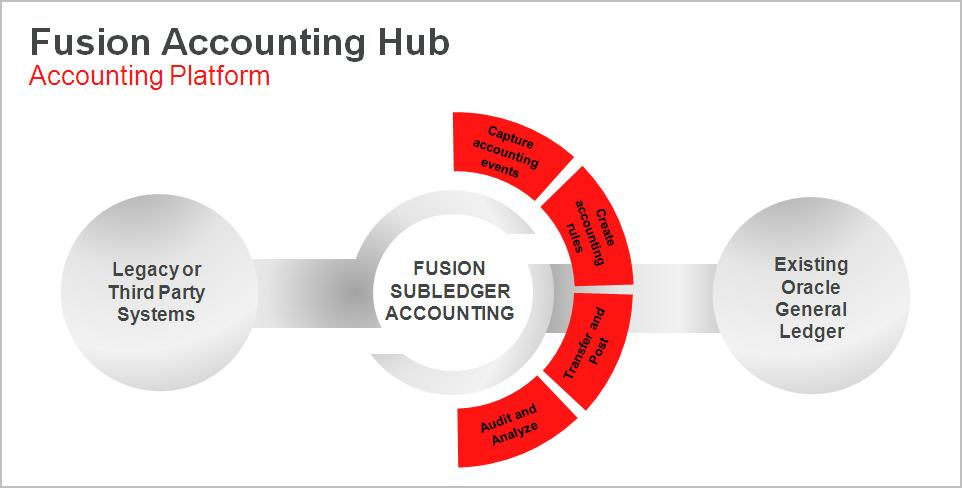In today’s digital world, a well-functioning website is vital for any business. It serves as a 24/7 storefront, marketing tool, and customer support center. However, many businesses overlook the ongoing upkeep of their websites after the initial launch. This is where web maintenance plans come into play. A comprehensive web maintenance plan ensures that your website runs smoothly, stays secure, and continues to meet the needs of your users.
What is a Web Maintenance Plan?
A web maintenance plan is a set of services that ensures your website remains functional, secure, and updated. It’s a proactive approach to keeping your website performing at its best by regularly checking and fixing any issues that may arise. Think of it as a health check-up for your website, similar to how a car requires regular servicing to run smoothly.
Why is Web Maintenance Important?
There are several reasons why web maintenance is crucial:
- Security: Websites are prone to cyberattacks. Hackers are always on the lookout for vulnerabilities. A good maintenance plan ensures your site is updated with the latest security patches and protocols, reducing the risk of breaches.
- Improved Performance: Over time, websites can become slow due to outdated content, broken links, and bloated code. Regular maintenance helps keep the website fast, improving user experience and search engine rankings.
- SEO Benefits: Search engines love websites that are consistently updated and easy to navigate. Routine maintenance, like fixing broken links and updating content, can positively impact your site’s search engine optimization (SEO).
- User Experience (UX): A website that’s constantly improving is more likely to provide a seamless experience for visitors. Bugs, slow load times, and outdated content can deter users, so regular maintenance ensures your website offers the best UX possible.
- Compliance and Legal Requirements: For websites in certain industries, staying compliant with legal and regulatory standards is essential. Regular updates can ensure your website meets privacy laws, accessibility guidelines, and other industry standards.
Key Components of a Web Maintenance Plan
A solid web maintenance plan typically includes the following elements:
- Content Updates: Fresh content keeps your website engaging for visitors and improves SEO. This may include blog posts, images, videos, product descriptions, or news updates. Ensuring your content is relevant and up-to-date is a critical part of maintenance.
- Website Backups: Regular backups of your website data ensure that you can recover quickly in case of a system failure or security breach. Ideally, backups should be taken frequently and stored securely off-site.
- Software and Plugin Updates: Websites often run on platforms like WordPress, which rely on themes, plugins, and other software. These tools are frequently updated to fix bugs, improve security, and add new features. Keeping these updates in check is vital for smooth functionality.
- Security Monitoring: As mentioned earlier, websites are vulnerable to cyberattacks. Regular monitoring can help detect any potential threats before they cause significant damage. This includes scanning for malware, checking for vulnerabilities, and ensuring your SSL certificates are up to date.
- Performance Optimization: Websites can become sluggish over time due to excessive files, unoptimized images, or inefficient coding. Regular performance checks, such as clearing cache, compressing images, and optimizing code, ensure your site runs smoothly.
- Link Checking and Fixing: Broken links on your website not only provide a poor user experience but also negatively impact your SEO rankings. Regularly checking for and fixing broken links ensures that your site remains navigable and fully functional.
- Mobile Compatibility: With a growing number of users browsing the web on mobile devices, it’s essential to ensure that your website is mobile-friendly. A maintenance plan should include testing for mobile compatibility and making necessary adjustments to ensure your website performs well on all devices.
- Analytics Review: Monitoring your website’s performance through analytics is crucial for identifying areas for improvement. A web maintenance plan includes periodic reviews of your site’s traffic, bounce rate, conversions, and other important metrics.
Types of Web Maintenance Plans
There are generally three types of web maintenance plans available, each suited for different business needs:
- Emergency Maintenance Plans: These are typically designed for businesses that require immediate support for issues that arise unexpectedly. This plan focuses on resolving urgent problems such as website downtime, security breaches, or critical bugs.
- Basic Maintenance Plans: Ideal for small businesses or personal websites, this plan covers essential tasks such as updating content, fixing broken links, and performing regular backups. It’s a more affordable option for those who don’t require ongoing technical support.
- Comprehensive Maintenance Plans: This is the most extensive maintenance package, providing a full range of services. It includes everything from regular updates and security monitoring to performance optimization and SEO improvements. This plan is ideal for businesses with large websites or e-commerce platforms that require constant attention.
How to Choose the Right Web Maintenance Plan
Choosing the right web maintenance plan depends on several factors:
- Website Size and Complexity: Larger, more complex websites with e-commerce features or databases require more maintenance than a simple blog or portfolio site.
- Budget: Maintenance plans vary in cost depending on the level of service provided. While basic plans are more affordable, comprehensive plans come with a higher price tag but offer more in terms of features and support.
- Business Requirements: Consider your business’s specific needs. Do you have an online store that needs frequent updates to product listings? Are you operating in an industry with strict regulatory requirements? Choose a plan that addresses these unique requirements.
- Technical Support: Some businesses may need more technical support than others. If your website relies on custom code or third-party integrations, it’s essential to select a plan that offers expert support to keep everything running smoothly.
- Scalability: Your business may grow, and so might your website. Opt for a web maintenance plan that can scale with your business. It should allow for more features, updates, and support as your site expands.
Conclusion
A web maintenance plan is an essential investment for businesses that want to keep their website running smoothly, securely, and efficiently. With regular updates, backups, performance checks, and security monitoring, a good maintenance plan helps prevent issues before they occur and ensures that your website remains a reliable tool for your business. Whether you choose a basic, emergency, or comprehensive maintenance plan, the peace of mind that comes with knowing your website is in good hands is invaluable. Regular website maintenance not only improves the performance and security of your site but also helps you stay ahead of the competition.




